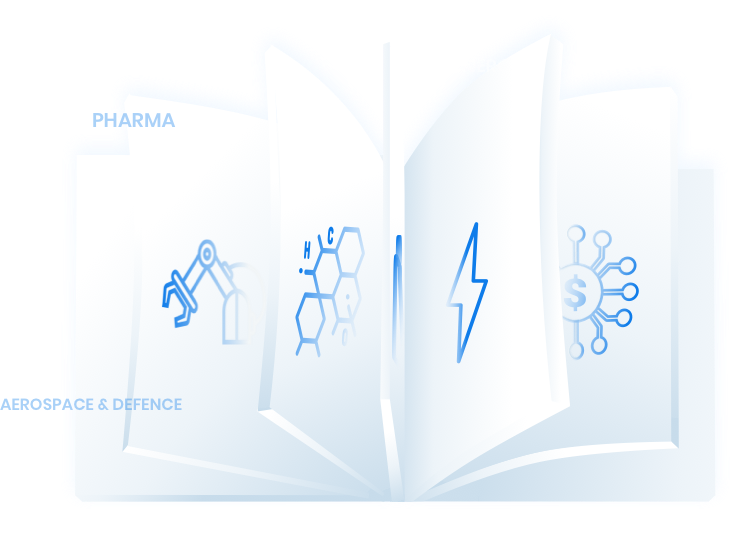NoTraffic



Start-Up Nation Central
City of Phoenix, California Transportation Authority, City of Chandler Arizona, Qualcomm, NTT.


Start-Up Nation Central
What Challenges are you solving in this industry
-
Communication and integration of data (Understanding and aggregating of data to optimize field operations) [CID]
-
Data collection using sensing and imaging [DCSI]
-
Edge computing [Edge]
-
Implementing multi-sensor integration systems [MSS]
-
Improving Availability and Reducing downtime (i.e predictive maintenance reliability) [PM]
Description of solution
NoTraffic has developed a real-time, plug-and-play autonomous traffic management SaaS platform for urban mobility. The platform digitizes the foundation of transportation – urban intersections, by leveraging computer vision, V2X, and cloud computing, making the intersections part of the grid. It uses AI and cloud computing to help cities identify, classify, and track all road users – including passenger and non-passenger vehicles, bikes, e-scooters, buses, and pedestrians. The solution is delivered as a managed service with 24/7/365 monitoring and support.
What is the value you bring to your customers?
More than 40% of accidents occur at intersections, which puts safety as a top priority for city planners, traffic engineers and traffic agencies. However, urban intersections haven’t changed much in recent decades and 99% of traffic lights in the US are still using fixed timing plans. Because most traffic lights aren’t connected to any network, they cannot interact with and respond to pedestrians, cyclists, public transportation, light rails, and multi-modal forms of transportation.
NoTraffic’s automated system reduces accidents by prioritizing different types of vehicles and roadway users. On average, the platform cuts wait times by up to 50% and removes 26,000 tons of emissions annually. In a recent case study, NoTraffic’s platform reduced wait times on a busy, mile-long corridor from 14 minutes to 4.5 minutes, while also reducing the queue length by 2,000 feet (600m) and pedestrians’ maximum wait time by 15 seconds.
2 hours





